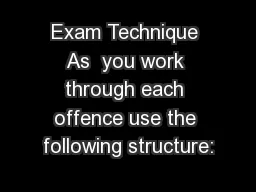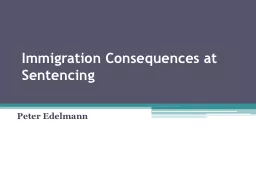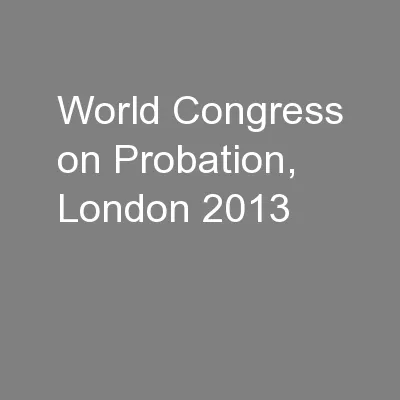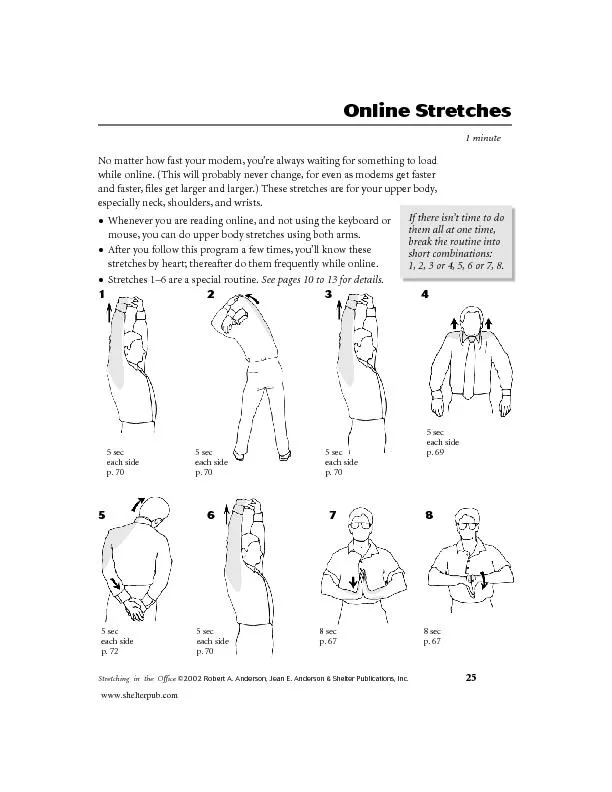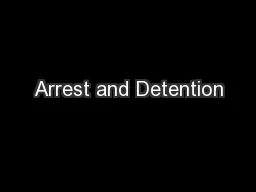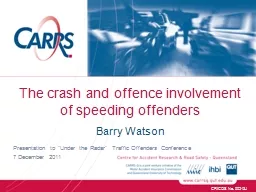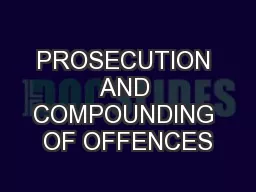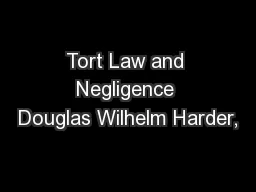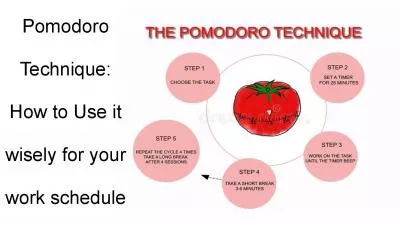PPT-Exam Technique As you work through each offence use the following structure:
Author : lois-ondreau | Published Date : 2018-02-12
I dentify the appropriate offencedefence D efine the offencedefence E xplain the legal rules using authorities cases and statutes to support your answer A
Presentation Embed Code
Download Presentation
Download Presentation The PPT/PDF document "Exam Technique As you work through each..." is the property of its rightful owner. Permission is granted to download and print the materials on this website for personal, non-commercial use only, and to display it on your personal computer provided you do not modify the materials and that you retain all copyright notices contained in the materials. By downloading content from our website, you accept the terms of this agreement.
Exam Technique As you work through each offence use the following structure:: Transcript
Download Rules Of Document
"Exam Technique As you work through each offence use the following structure:"The content belongs to its owner. You may download and print it for personal use, without modification, and keep all copyright notices. By downloading, you agree to these terms.
Related Documents

